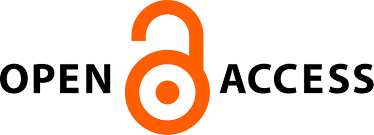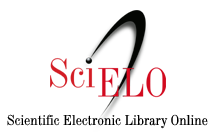Chilean consensus on management of asthma in preschool children
##plugins.themes.bootstrap3.article.main##
Abstract
Preschool wheezing is one of the most common presenting symptoms in pediatric practice. The vast majority of these patients present wheeze triggered by viral respiratory infections and only a minority of them will have asthma in school age. The evaluation of these children begin with a detailed clinical history and physical examination and standard laboratory tests to rule out secondary causes of wheezing. The decision for controlling therapy will depend on the frequency and severity of the wheezing episodes, but should always be considered as a treatment trial, avoiding prolonged periods of time. It is recommended to start with low doses of inhaled corticosteroids, evaluating treatment effect with a close follow up. Inhaled bronchodilators remain the treatment of choice in acute exacerbations of wheezing, systemic corticosteroids should be reserved for severe exacerbations in hospitalized patients.
##plugins.themes.bootstrap3.article.details##
Keywords.
Asthma, preschool, preschool wheezing disorder, episodic viral wheeze, multiple trigger wheeze
Section
SPECIAL ARTICLE
How to Cite
HERRERA G, A. M., ABARA E, S., ÁLVAREZ G, C., ASTUDILLO M, C., CORRALES V, R., CHALA C, E., ESPINOZA P, T., KOPPMANN A, A., LEZANA S, V., MAMANI J, R., PÉREZ H, M. A., & PIERRY V, C. (2014). Chilean consensus on management of asthma in preschool children. Revista Chilena De Enfermedades Respiratorias, 30(2), 81–90. Retrieved from https://www.revchilenfermrespir.cl/index.php/RChER/article/view/331






